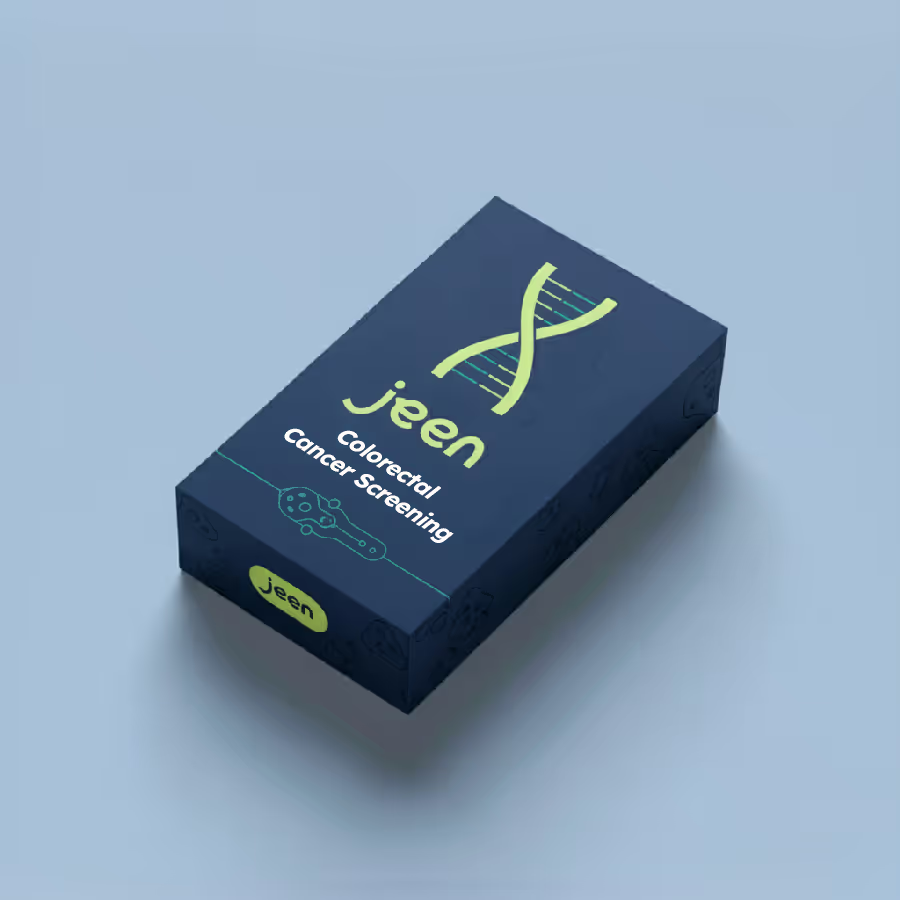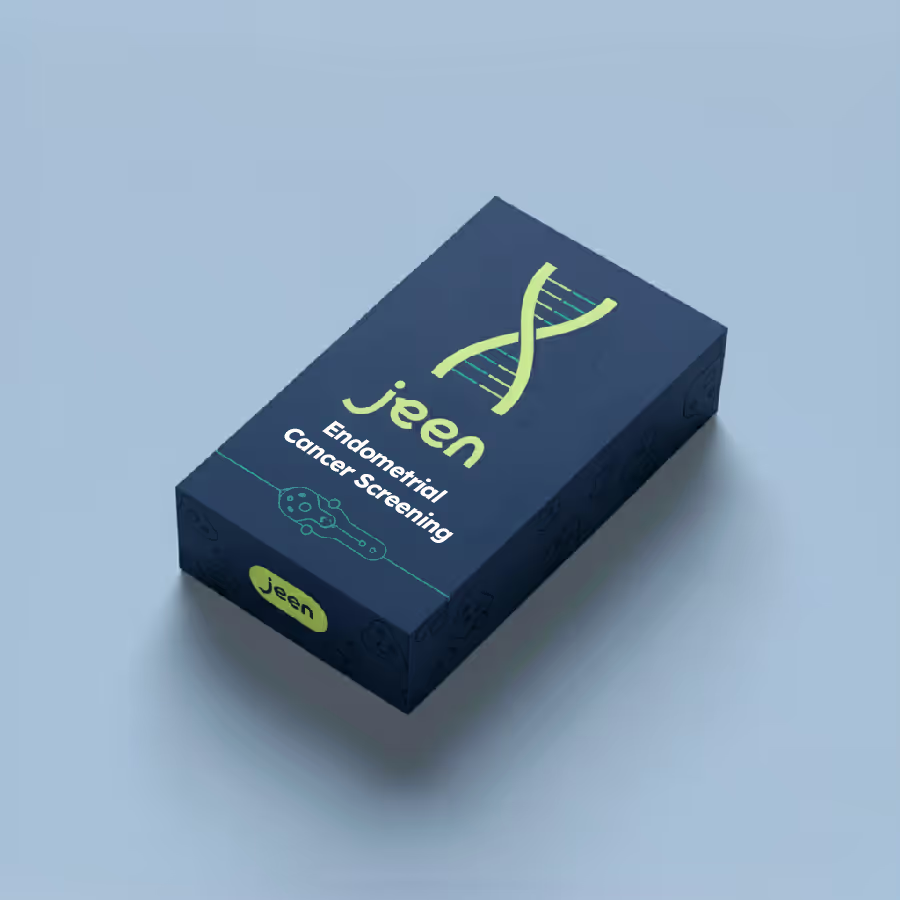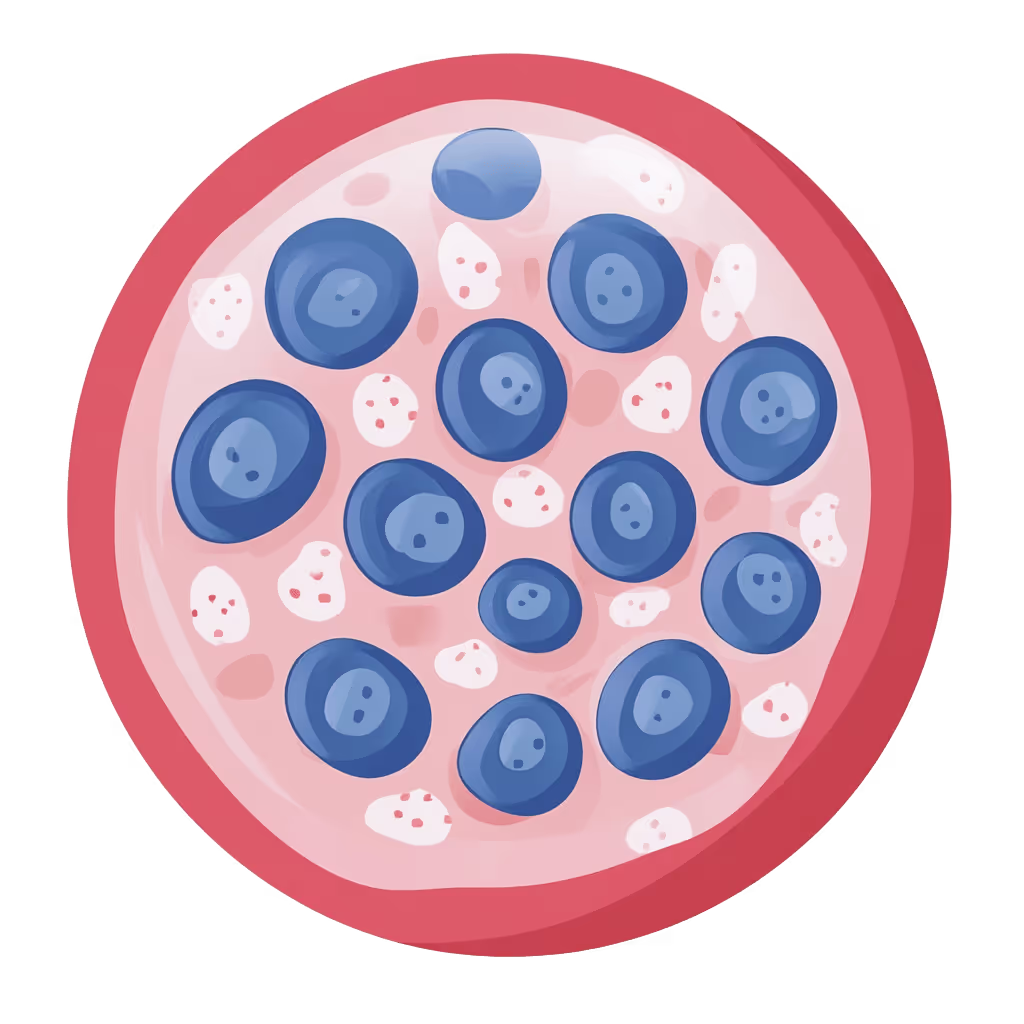What is Melanoma Skin Cancer?
Melanoma is a type of skin cancer that develops when abnormal melanocytes (the cells that produce pigment) grow and divide uncontrollably. These cells can form a lump or tumour and may, in some cases, spread to other parts of the body. Melanoma most commonly appears on the skin but can also occur in areas like the eyes or mucous membranes.
Most melanomas are caused by exposure to ultraviolet (UV) light from the sun or sunbeds, but inherited genetic factors can also play a role. Melanoma genetic testing is helping identify those with a higher inherited risk. Melanoma can affect people of all skin tones and ages, although it is more common in lighter-skinned individuals. Like many cancers, early detection is key, as melanoma caught at an early stage is much easier to treat successfully.
Should I Consider Genetic Melanoma Testing?
If you have a family history of melanoma, or related cancers such as pancreatic cancer, breast cancer, or mesothelioma, you may want to consider genetic testing. Inherited changes (mutations) in genes such as CDKN2A, BAP1, and others can significantly increase the risk of developing melanoma. Testing can help you find out whether you carry one of these mutations, offering valuable insight for your future health and your family's.
You may be at higher risk if you have two or more close relatives who have had melanoma, if there is a family history of multiple primary melanomas, or if a known inherited condition like familial atypical multiple mole melanoma (FAMMM) syndrome runs in your family. People of European descent are also at higher risk. Research suggests that about 5-10% of melanomas may be linked to inherited genetic changes. Knowing your genetic risk can help guide early screening, prevention strategies, and personalised care.
What are the Symptoms?
- A new mole or a change in an existing mole
- A mole that is asymmetrical, has uneven borders, or multiple colours
- A mole larger than 6mm across
- Changes in the texture, itching, bleeding, or crusting of a mole
- A sore that does not heal
- Dark streaks under a fingernail or toenail
If you notice any of these signs, it’s important to see a doctor or dermatologist. Early diagnosis and treatment greatly improve the chances of a full recovery, especially if you are already monitoring your skin due to findings from melanoma screening.
What are the causes?
Melanoma is most commonly caused by damage to the skin cells from UV radiation, either from sunlight or artificial sources like sunbeds. Other risk factors include having a large number of moles, fair skin that burns easily, a history of sunburn, and a weakened immune system.
Inherited genetic mutations account for a smaller but important percentage of melanoma cases, particularly in families with multiple affected members. Mutations in genes such as CDKN2A and BAP1 can significantly increase lifetime risk. Genetic testing can identify these mutations early, helping to guide regular skin checks, lifestyle adjustments, and preventative care.
What other tests are available?
Diagnosis of melanoma typically starts with a skin examination, followed by a biopsy to confirm if a suspicious mole or lesion is cancerous. Imaging tests such as lymph node ultrasound, CT scans, or PET scans may be used to see if the cancer has spread.
If you are concerned about inherited risk, genetic testing can detect mutations linked to hereditary melanoma. Knowing your genetic status can help you and your healthcare team create a tailored screening and prevention plan to catch potential problems as early as possible.
How is it treated?
Treatment for melanoma depends on the stage and whether the cancer has spread. Early-stage melanomas can often be treated effectively with surgery alone to remove the tumour. More advanced cases may require additional treatments such as immunotherapy, targeted therapy, chemotherapy, or radiotherapy.
For individuals with inherited genetic mutations, treatment and prevention strategies might also involve more frequent skin checks, lifestyle changes to reduce UV exposure, and sometimes preventative surgery. Your care team will work closely with you to design the best approach for your situation, aiming to balance effective treatment with maintaining quality of life.








































































